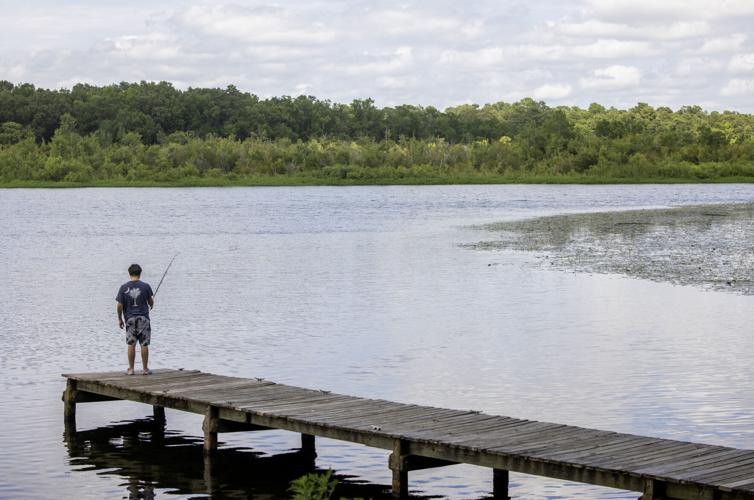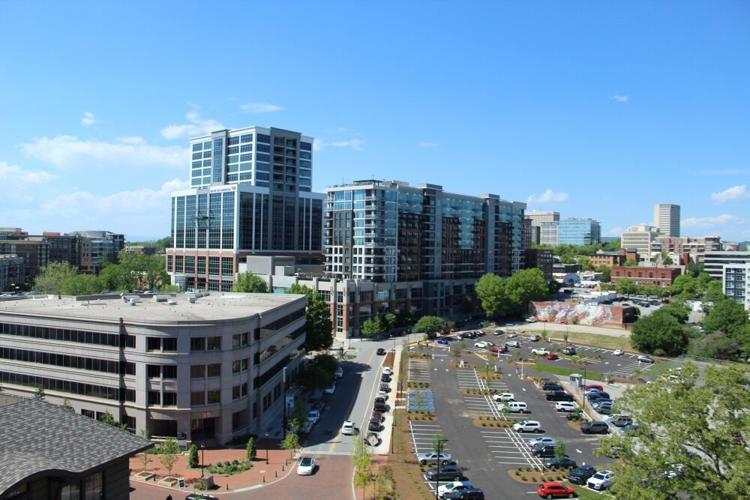South Carolina will grow to nearly 6.4 million residents by 2042 — if the state’s latest projections prove accurate — and just a handful of counties will account for most of the population growth.
Five counties could see their populations soar by 49 percent or more from 2024 to 2042, a pace of growth likely to strain roads, schools and public services.
Horry County tops the list with an expected gain of 216,662 more residents, which means a 53 percent population increase.
Berkeley, Jasper, Lancaster and Spartanburg counties are expected to see gains between 49 and 51 percent.
“We hope policy leaders and the private sector will find this information useful to help plan for the future,” said Frank Rainwater, executive director of the state Department of Revenue and Fiscal Affairs. “The population is the key driver to what’s affecting local areas.”
As dramatic as some of the yearly population projections may appear, they could prove to be underestimates of the growth to come.
For example, the state anticipates Berkeley County’s population reaching 372,132 in 2040. The county in its Comprehensive Plan expects to have 468,000 residents that year, which would mean more than doubling Berkeley’s population since the 2020 census.
Previous attempts by others to project South Carolina’s population growth have proved to be underestimates, such as a 2003 Clemson University study that said the Charleston metro area’s population could reach nearly 800,000 by 2030.
The tri-county area’s population exceeded 800,000 a decade earlier.

Cane Bay Plantation in Berkeley County, a subdivision permitted for 15,700 homes. The county’s population could grow by more than 130,000 people from 2024 to 2042, the state estimates.
The Revenue and Fiscal Affair’s new projections look ahead one year at a time until 2042, replacing earlier ones that hadn’t been updated since 2019. The state office developed an interactive website for sharing the information.
The state as a whole is expected to gain about 1 million more residents by 2042, up 19 percent from 2024.
Growth is generally considered good — better than having a declining population — but when it comes too rapidly the increase in residents can strain public services, jam streets with traffic and disrupt communities.
Some local government have approved moratoriums to pause rapid growth, and some have imposed impact fees to help pay for the services and infrastructure more residents will require.

Greenville County’s population could increase by more than 130,000 people between 2024 and 2042, the state estimates.
South Carolina’s population was the most rapidly growing in the nation in 2023. The state had a slightly negative birth rate, with more deaths than births, so the population increase was entirely due to people moving to the state.
That’s been South Carolina’s growth story for many years. But where people choose to move, and why, will present different challenges to the state’s counties.
Here’s the big picture:
- Most counties in South Carolina, 25 of the 46, are expected to have fewer residents as the years pass. That highlights the challenges rural counties are facing and would leave all the expected growth concentrated in the remaining counties.
- Just five counties are expected to see more than 80 percent of the statewide population growth. Those counties, and the projected increases in population, are: Horry, 216,662; Spartanburg, 179,078; Greenville, 153,555; Berkeley, 130,232; and York, 119,111.
- The remaining 16 counties are expected to gain fewer than 55,000 residents each by 2042. Even those lower numbers would mean extremely rapid growth in some places, such as Jasper County, where adding 17,249 residents would mean a 51 percent population increase.
- The state’s projections use existing data and trends to look ahead nearly 20 years, assuming South Carolina’s growth follows patterns seen today. Of course, those patterns could change, particularly since so much of the growth depends on where people from other states choose to move.
Coastal counties
Every county touching the Atlantic Ocean is expected to gain residents.
At the north end of the coast and home to Myrtle Beach and Conway, Horry County has been among the nation’s fastest-growing places for many years and would be South Carolina’s fastest-growing county. Horry and Georgetown are the only counties in the Pee Dee region expected to gain residents.
Projections call for 621,700 residents in Horry County by 2042, which would raise the county’s population from fourth largest to second largest in the state after Greenville County.
Georgetown and Colleton counties could see their populations increase by 6 percent.
The tri-county Charleston metro area is expected to have more than 1 million residents in 2042, with the two inland counties — where there’s more undeveloped land — leading the gains. Berkeley County’s population could account for more than 70 percent of the growth, while the populations of Charleston and Dorchester counties are projected to increase by 8 and 11 percent, respectively.
Down the coast, the ever-growing Hilton Head/Beaufort/Bluffton area in Beaufort and Jasper counties could gain more than 45,000 residents.
The Midlands
Lexington and Richland counties could add nearly 67,000 residents, with the majority of the population growth coming in Lexington County. Only two of the eight counties adjacent to Lexington and Richland counties are expected to see population gains: Aiken and Kershaw counties.
In Lancaster County, a 51 percent population gain is projected. Lancaster and York counties have become parts of the Charlotte metropolitan area and together could have 174,083 more residents in 2042.
Upstate
Greenville and Spartanburg counties have recently seen some of the most rapid population growth in the nation, and together they are expected to gain 332,632 residents.
Greenville, Anderson and Pickens counties are each projected to grow their populations by between 21 and 29 percent. Spartanburg County’s population is expected to grow 49 percent, while neighboring Cherokee County is expected to lose 9 percent of its residents.

A row of houses under construction in the Trailside at Drayton Mills neighborhood in Spartanburg. Spartanburg County’s population could leap by 49 percent, adding nearly 180,000 residents, between 2024 and 2042, the state estimates.
Elsewhere in the state, many rural counties have been losing residents, and by 2042 a dozen of them could have populations below 20,000. Long-suffering Allendale County is expected to lose half its population, leaving just 3,515.
Projecting population growth out 18 years is fraught, though. New job centers, extreme weather, soaring coastal insurance costs, local development rules and many other factors could reshuffle the deck.
Rainwater said the statistical modeling can’t anticipate things like a new manufacturing plant opening, but “there are certainly trends that cannot be avoided, such as the aging population.”
The RFA’s projections look at the ages of populations in different counties, a factor that could help plan for services and jobs needed. Horry and Beaufort counties, for example, are both expected to have populations where those age 65-84 outnumber those who are 25-44 by roughly 3 to 2.









